How to cope with the inconveniences during waste sorting? How to minimize the environmental pollution caused by waste disposal? Are there more valuable forms for traditional recycled products? An international design initiative workshop answers all these.
From July 11 to 15, 2022, the International Design Institute of Zhejiang University (ZJU) in China held the CAMPUS Asia Social Design Initiative Workshop online. Centered on “Building a Zero-Waste City,” the workshop explored designs to make household waste sorting more efficient, reduce pollution from the disposal, and expand the business models of recycled products. Faculty members and students from the ZJU, Chiba University (CU) in Japan, and Yonsei University (YU) in the Republic of Korea (ROK) came together for discussions on how to build a zero-pollution city, hoping to help “achieve carbon neutrality and carbon peaking” through design.
CAMPUS Asia, fully known as the Collective Action of Mobility Program of University Students in Asia, is led by the governments of China, Japan, and the ROK to promote exchanges and cooperation among universities in the three countries. Jointly developed by the Ministry of Education of China, the Ministry of Education, Science and Technology of the ROK, the Korean Council for University Education, and the Ministry of Education, Culture, Sports, Science, and Technology of Japan, the program aims to boost academic exchange among students from the three countries. Faculty members and students from the CU and the YU also participated in this workshop.
With people’s improved quality of life amid urban development, household waste has become an increasingly serious problem. Thousands of trucks transport residential waste away from cities for centralized disposal every day. Streets are polluted during such transportation, and rural and urban living environment is also affected by the disposal. Moreover, traditional incineration and landfill hindered waste recycling. Therefore, through innovative design, we expect to reduce household waste, optimize the sorting process, reduce pollution arising from waste transportation and disposal, and increase the forms of recycled products. In this workshop, students were introduced to waste disposal from a designer’s perspective, and they worked together to explore innovative designs to build a zero-waste city. Such practices would bring innovations to the construction of green and low-carbon communities and the upgrading of the public health industry.
At the opening ceremony, CU Professor Makoto Watanabe, YU Professor Byungkeun Oh, Associate Professor HUANG Jinghua of the ZJU International Design Institute, and Assistant President DU Jingjing of the Azureflying Science and Technology Co., Ltd. delivered opening remarks. During the lecture session, Professor Makoto Watanabe gave a lecture titled “Service Design,” introducing the key developments of service design with examples from the award-winning works that used the G-Mark Design concept in Japan. In contrast, Professor Byungkeun Oh lectured on “Information Design PCV,” providing creative ideas on “how to upgrade the waste disposal industry by means of digital intelligence.”

Connection with Professor SUN Lingyun of the ZJU International Design Institute via video conference at the opening ceremony
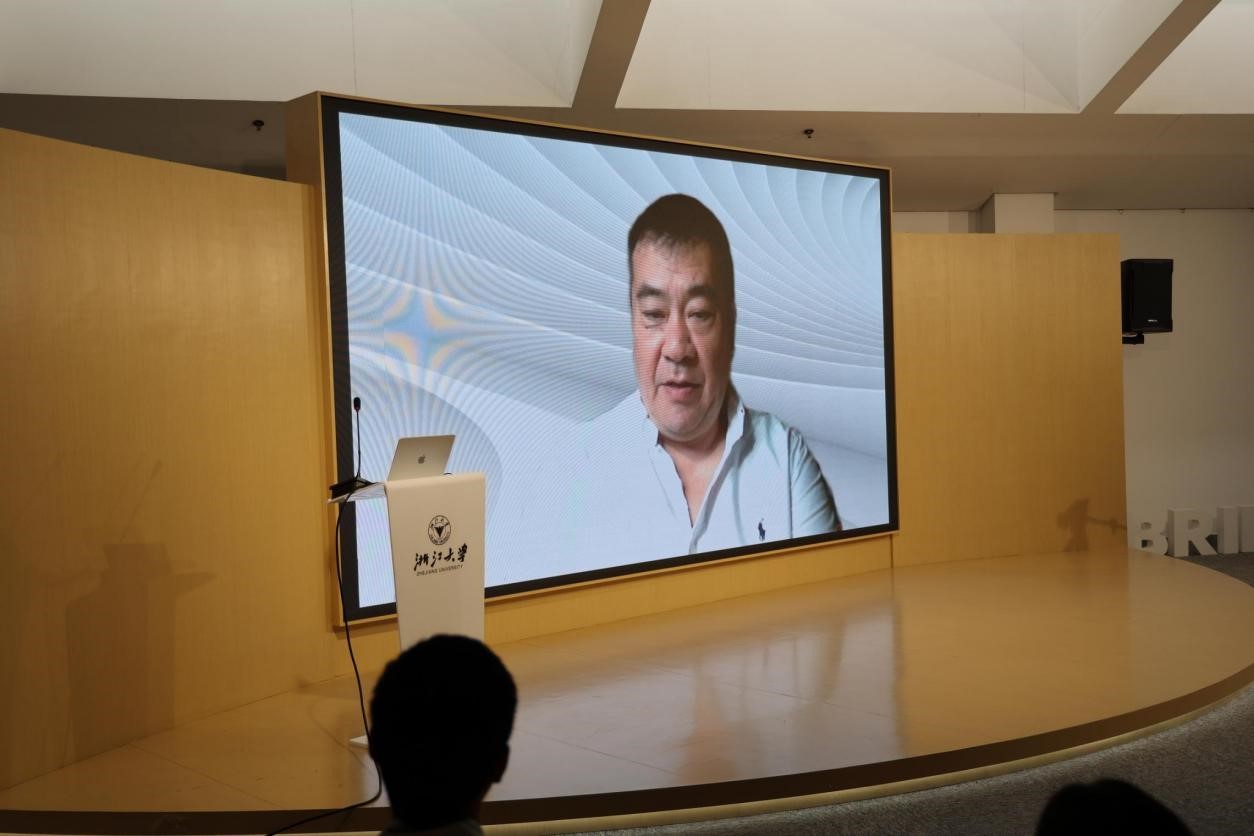
Connection with CU Professor Makoto Watanabe via video conference at the opening ceremony
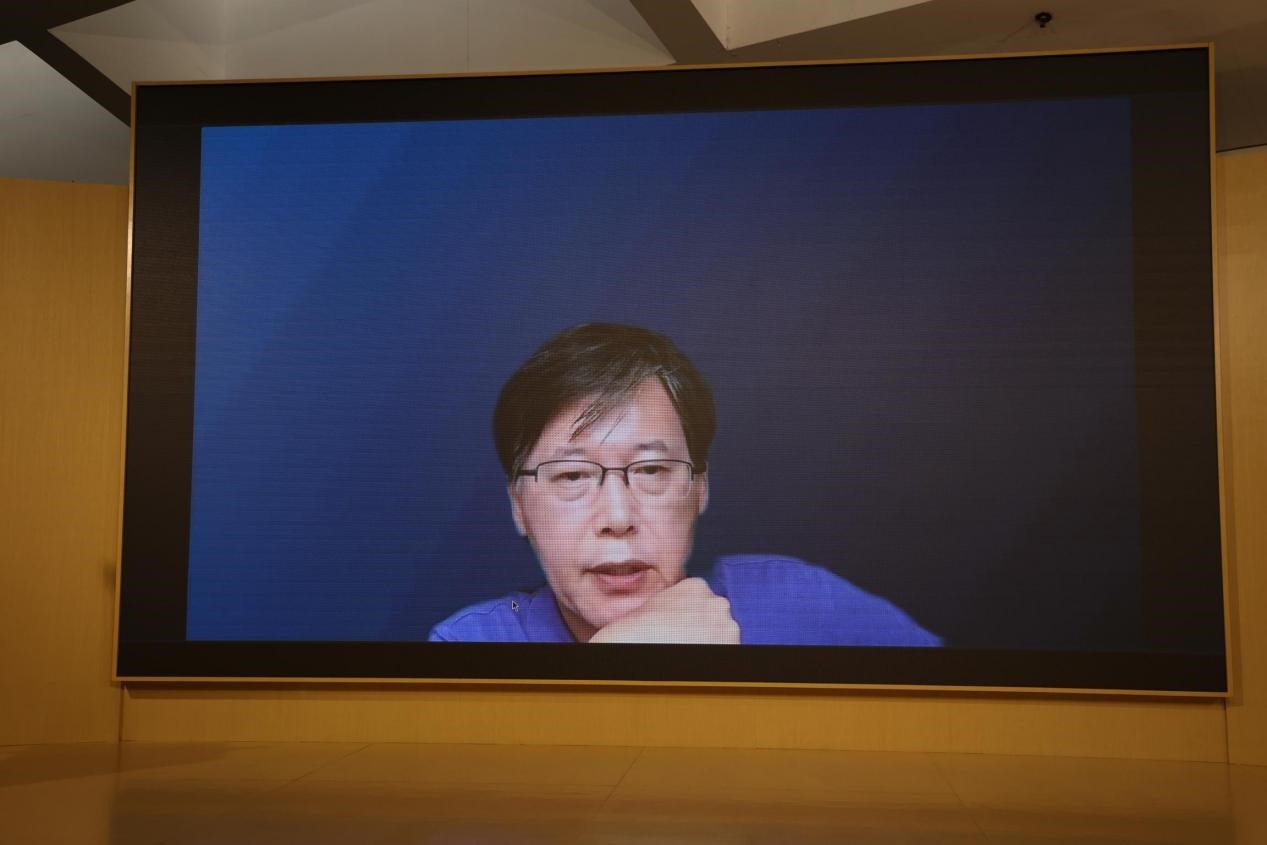
Connection with YU Professor Byungkeun Oh via video conference at the opening ceremony
In the afternoon, in her lecture on “Cutting-edge Technologies and Designs of Urban Waste Disposal,” Azureflying Assistant President DU Jingjing briefly introduced the company’s digital intelligence methods to optimize the entire waste disposal process, as well as the functions and effects of its existing products and service systems. Then, each student group, after a series of design processes, including pre-research and brainstorming, presented their preliminary design concepts and results to Azureflying’s designers, who, in turn, offered guidance and specific suggestions for each group. During the four-day collaborative design session, 49 students from six groups adopted the designers’ suggestions and ideas. They completed the entire design process, from concept generation to in-depth thinking to creative expression. In line with their design direction, all students embodied their innovative thinking in designing products, systems, and services. They jointly explore new waste sorting, disposal, and transformation options made possible by innovative design.
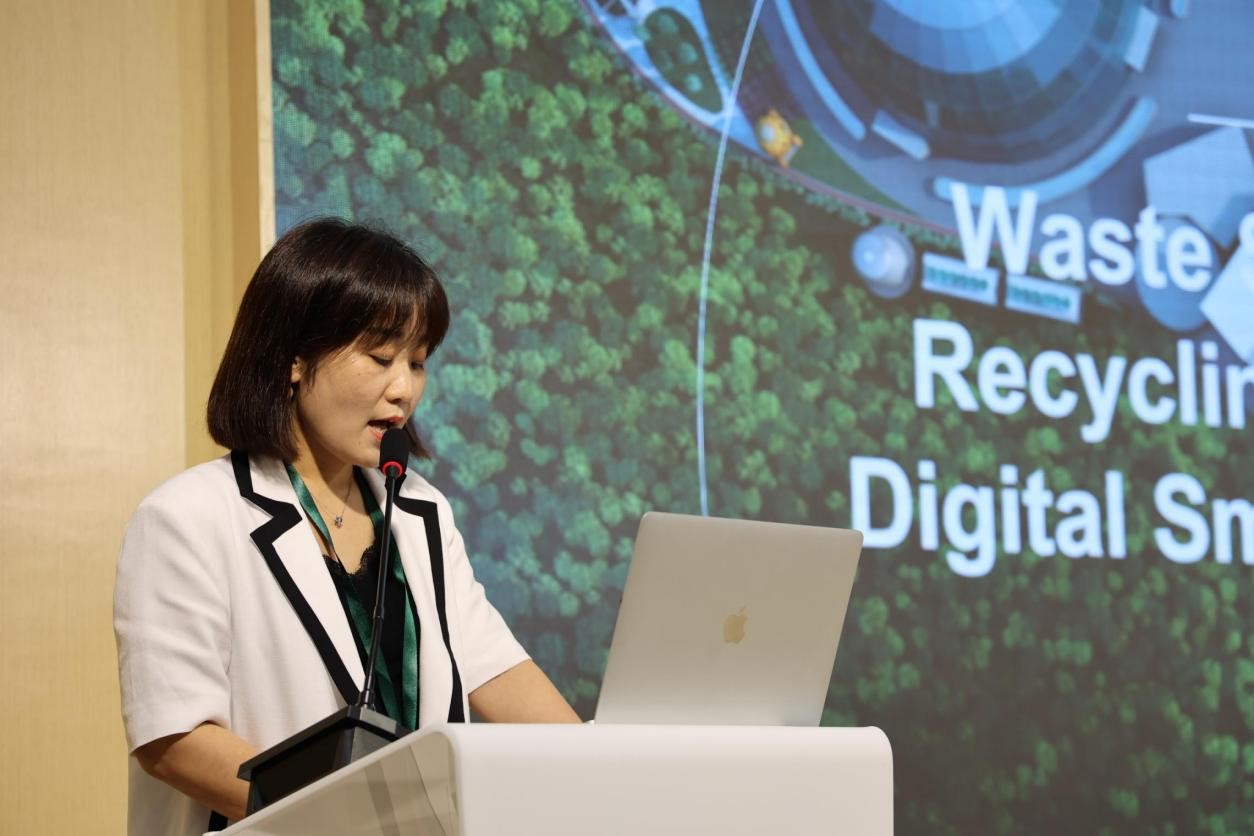
Azureflying Assistant President DU Jingjing giving a lecture
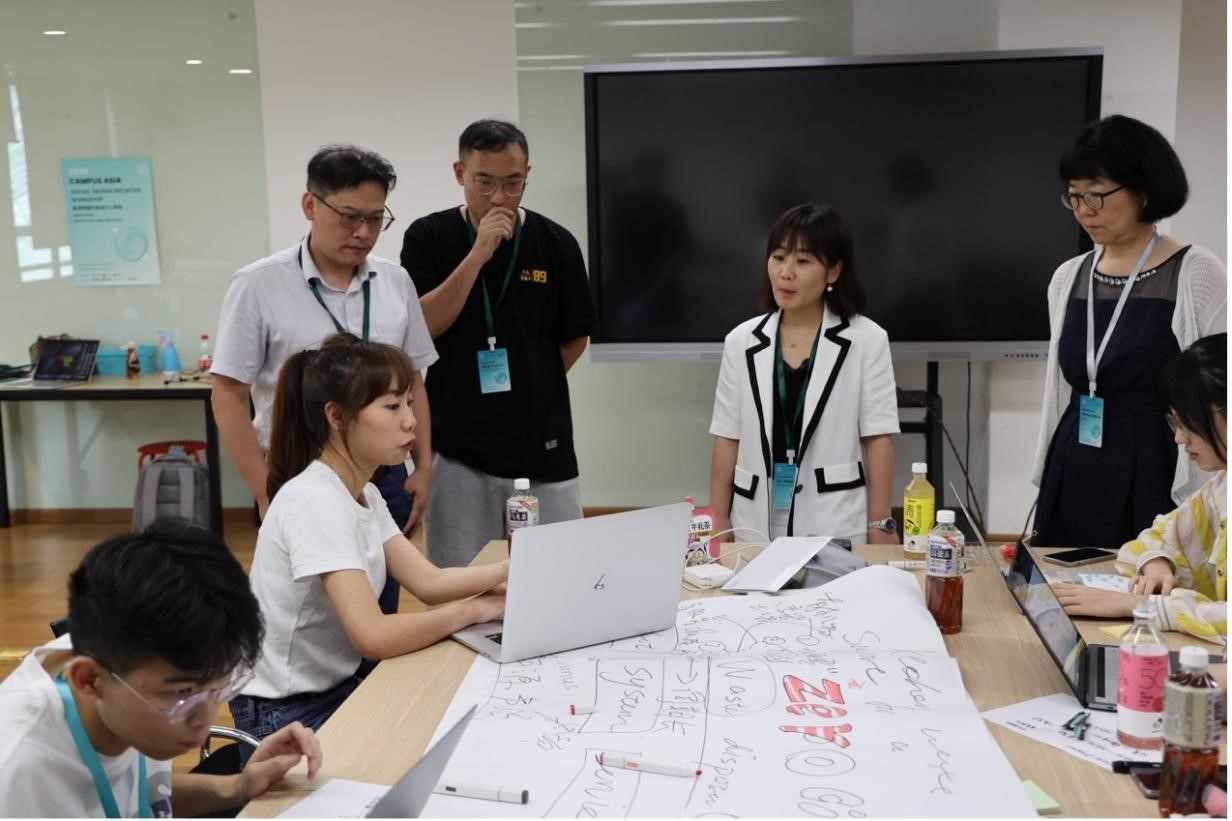
Azureflying’s designers offering guidance

Students engaging in group discussions and exchanges
In the afternoon of July 15, each group presented their final design concepts and designs of UI, products, and services. CU Professor Makoto Watanabe, YU Professor Byungkeun Oh, CU Professor Kenta Ono, Associate Professor HUANG Jinghua of the ZJU International Design Institute, CU Research Fellow Juan Carlos Chacon Quintero and Hisa Martinez Nimi, CU Associate Professor Ikjoon CHANG, YU Assistant Professor Elizabeth Yerin SHIM, Dr. Siwoo KIM from YU, and Azureflying’s designers formed an expert panel. They listened carefully to each group’s report and provided them with valuable opinions and suggestions. In the end, Group 3 in the Waste Disposal category received the highest rating and won the Award for the Most Promising Design. In contrast, Groups 1 and 2 in the Waste Sorting category and Group 4 in Waste Disposal won the Award for the Most Creative Design.
Group 3: T-Filter
T-Filter is a platform designed for the disposal of urban kitchen waste. Going into use from the very source of waste disposal, it collects and transports the kitchen waste from urban restaurants in an intelligent manner. Instead of choosing the traditional process of “generation—transportation—separation,” we separate the waste beforehand, then use our allocation platform to transport the waste with same characteristics to corresponding disposal plants, which enhances the efficiency of kitchen waste recycling. This way, we turn waste into resources, providing users with profits while contributing to environmental protection.
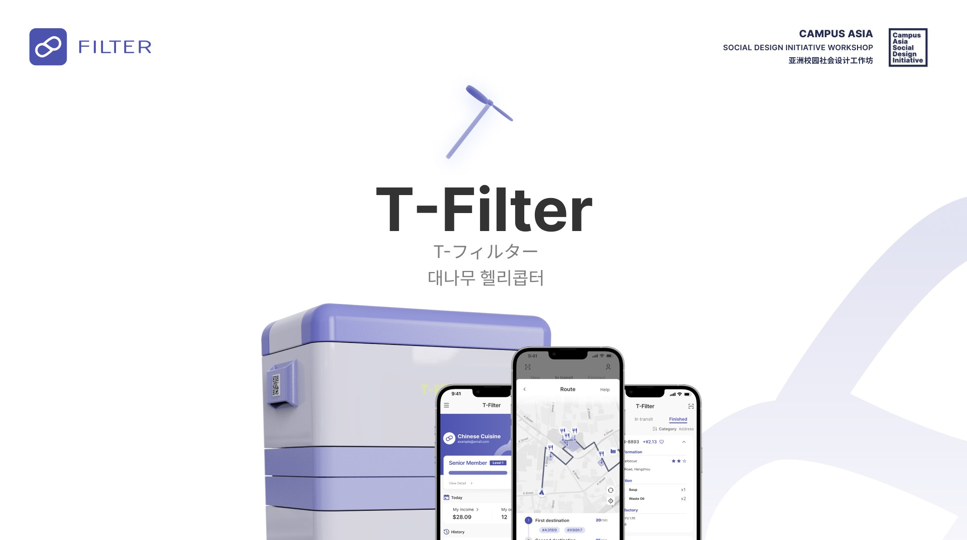
Group 1: GARBRIDGE
The GARBRIDGE system aims to increase Chinese people’s participation in waste sorting. Starting with pilots in schools and municipal departments, we collaborate with governments to gradually bring upstream and downstream enterprises together to develop the carbon trading market. To address the common problem of not knowing how to sort waste, we drew on the Deposit System of the ROK and the Green Dot from Europe and adapted them to China’s local conditions for policy-making. By redesigning waste sorting labels for suitable packaging, we give people a clear idea of what waste goes to which bin. To stimulate people to participate in waste sorting, while reducing their burden of doing so, we developed interesting APP user interface designs featuring narratives, visualizing the environmental benefits of waste sorting by a journal kept for a travel starting from deserts to forests, in the hope that people can form a habit of waste sorting while gaming and social networking.
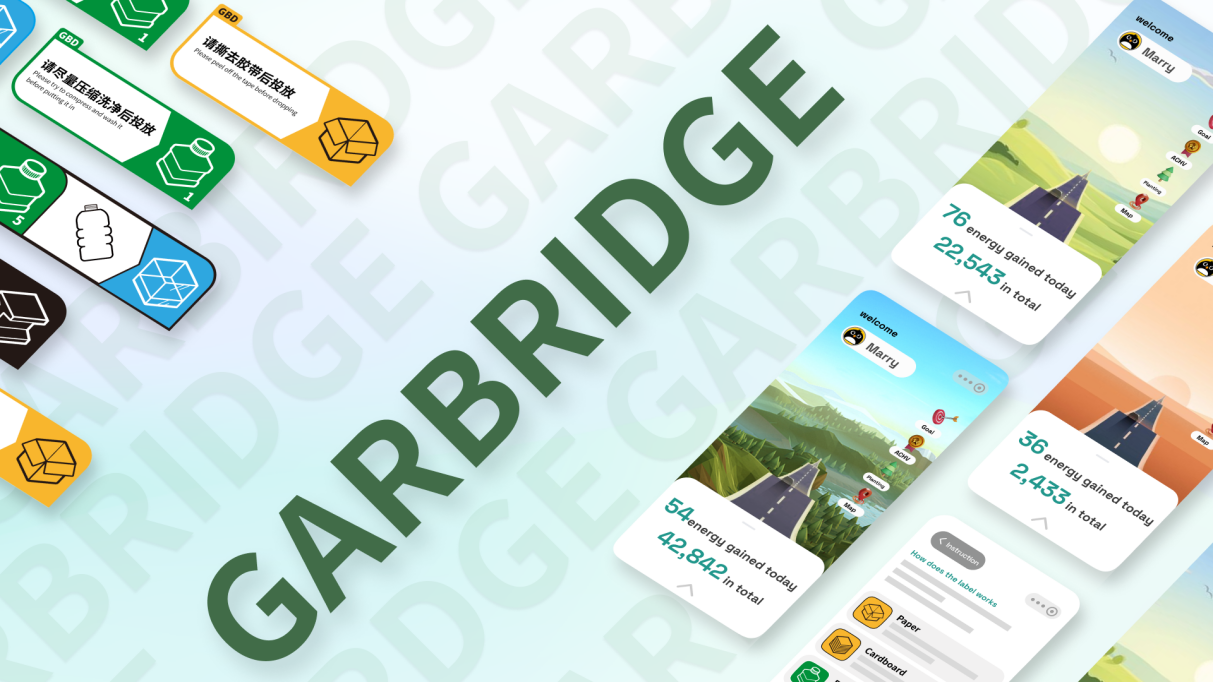
Group 2: Grow-Up
Grow-Up is an interactive waste-sorting device used in kindergartens, primary schools, and other typical scenarios for children. With the image of cartoon trees, it adopts a fun and lively interactive model to provide accurate real-time feedback for children’s waste sorting, which helps them gradually build a habit of waste sorting and enriches their knowledge in this regard.
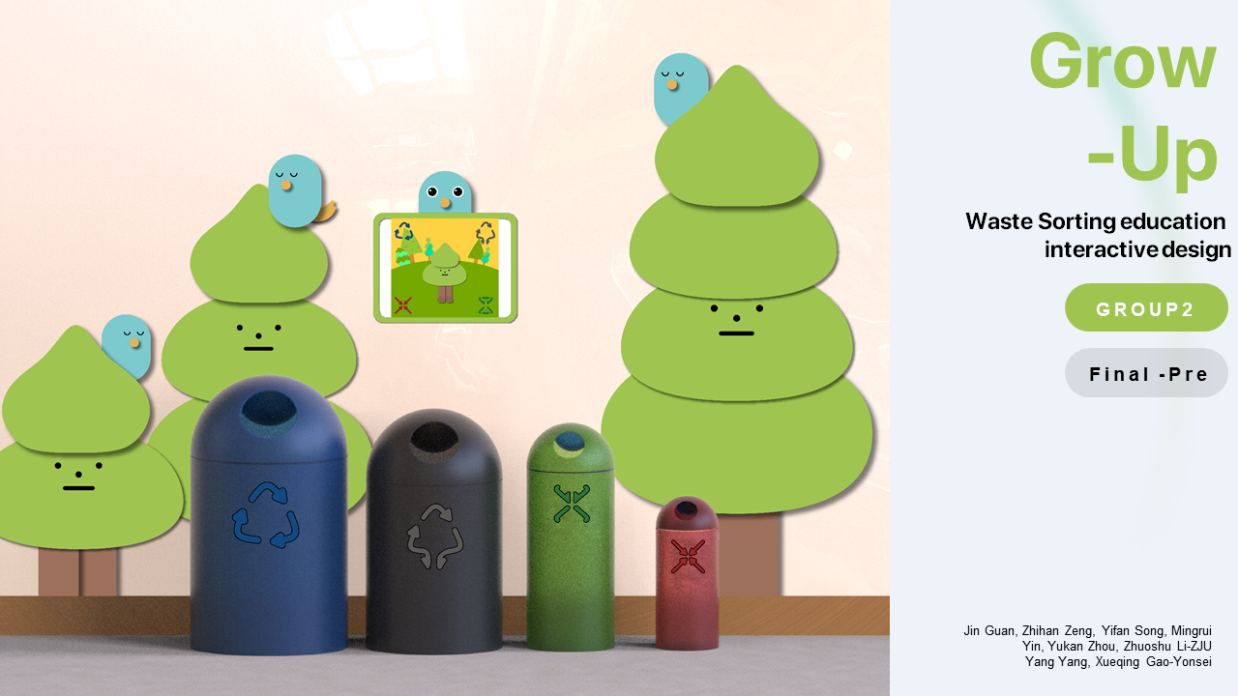
Group 4: ZERO-C
ZERO-C consists of an APP that helps people reduce waste in their daily life and a machine for kitchen waste pretreatment. It recommends not only environmental friendly products to shoppers but also methods for waste sorting and disposal for users. The pretreatment machine can also facilitate the reduction and powdering of kitchen waste after meals. By introducing both new ideas and handy facilities, ZERO-C aims to reduce waste from the source and optimizes subsequent waste disposal. Furthermore, with a reward mechanism, ZERO-C gives its APP users a sense of responsibility to reduce waste and protect the environment. We hope that ZERO-C can bring individuals, businesses, and society closer together to pay attention to environmental issues, lead a low-carbon lifestyle, and support positive social reforms.
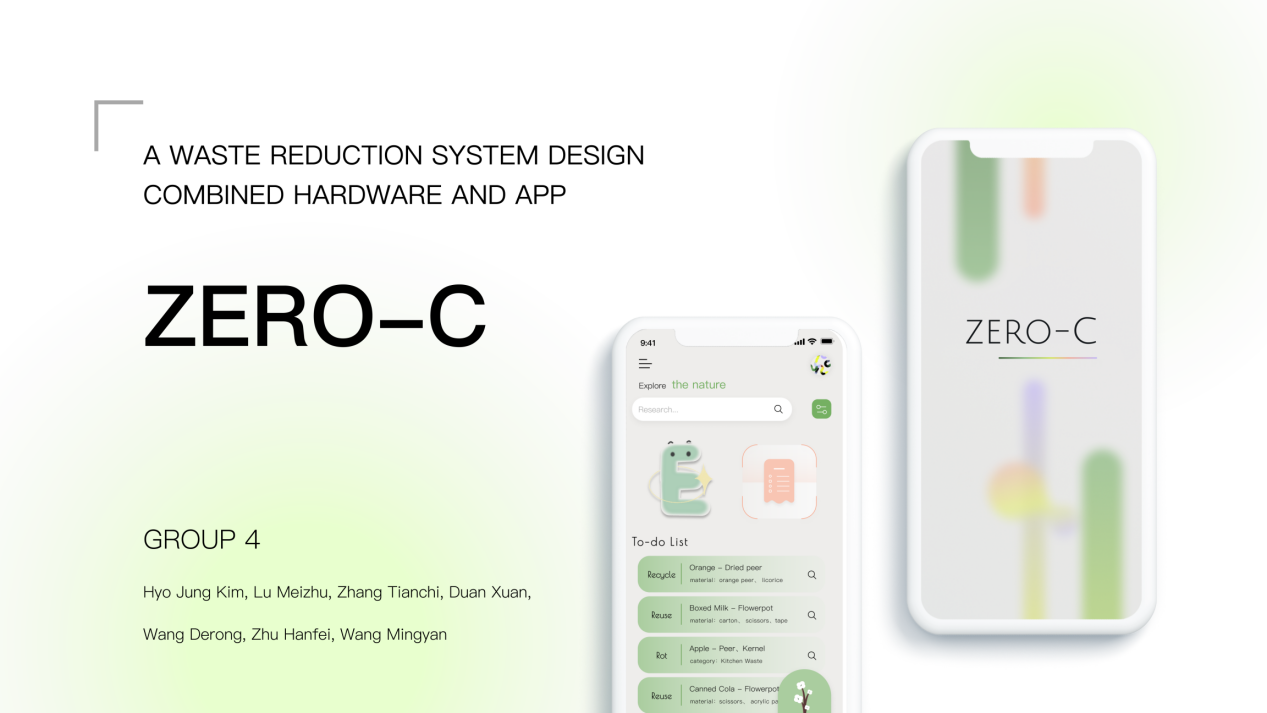

The expert panel giving opinions and suggestions to students

A group photo of workshop participants
The five-day online CAMPUS Asia Social Design Initiative Workshop came to a successful conclusion. It has established an interactive platform for students of different design specializations from various universities across countries to exchange design concepts and make progress. Moreover, the event marks an active effort to seek new models for university-business cooperation, encouraging university students to develop innovative designs for more creative business solutions so that we may achieve common development through innovation and cooperation.
